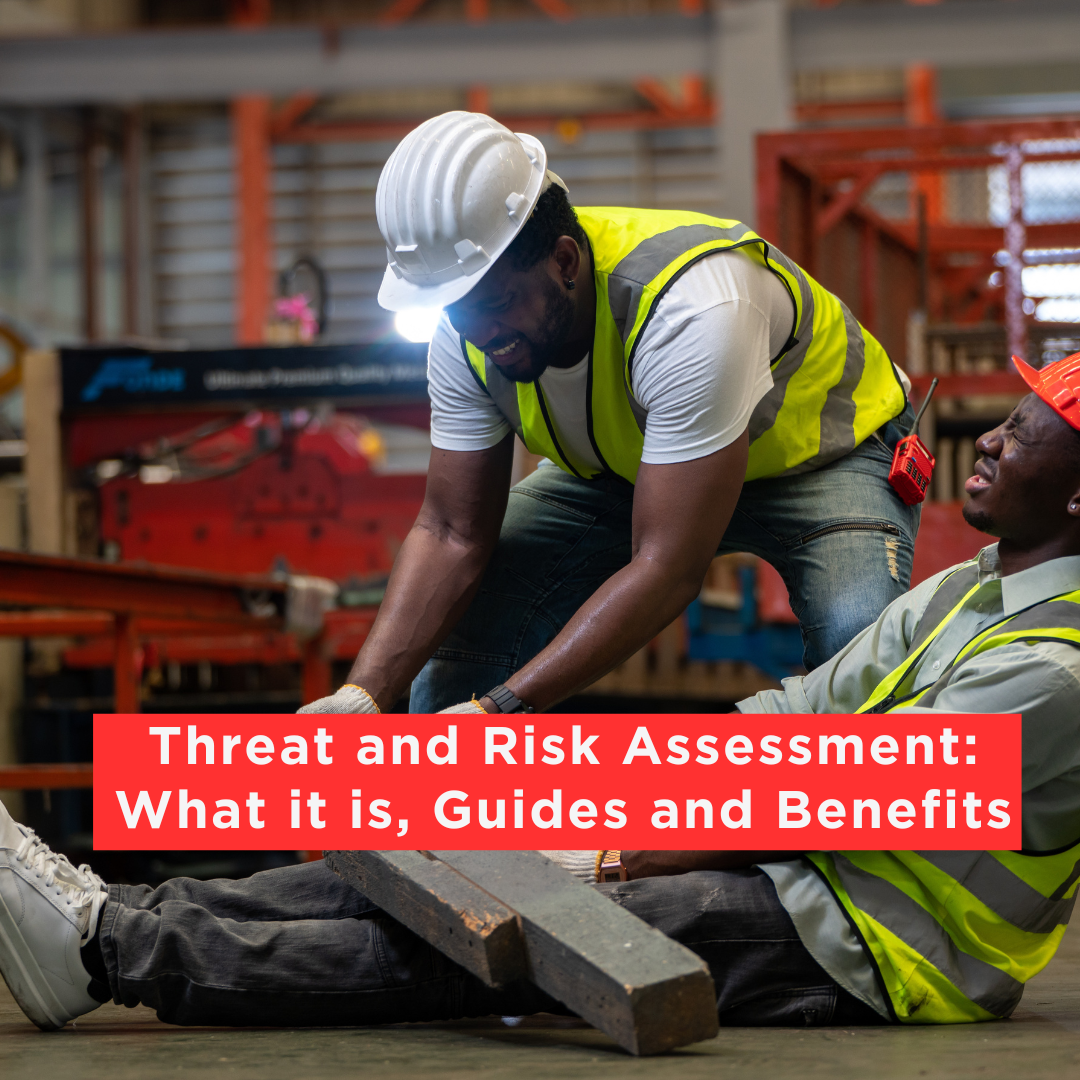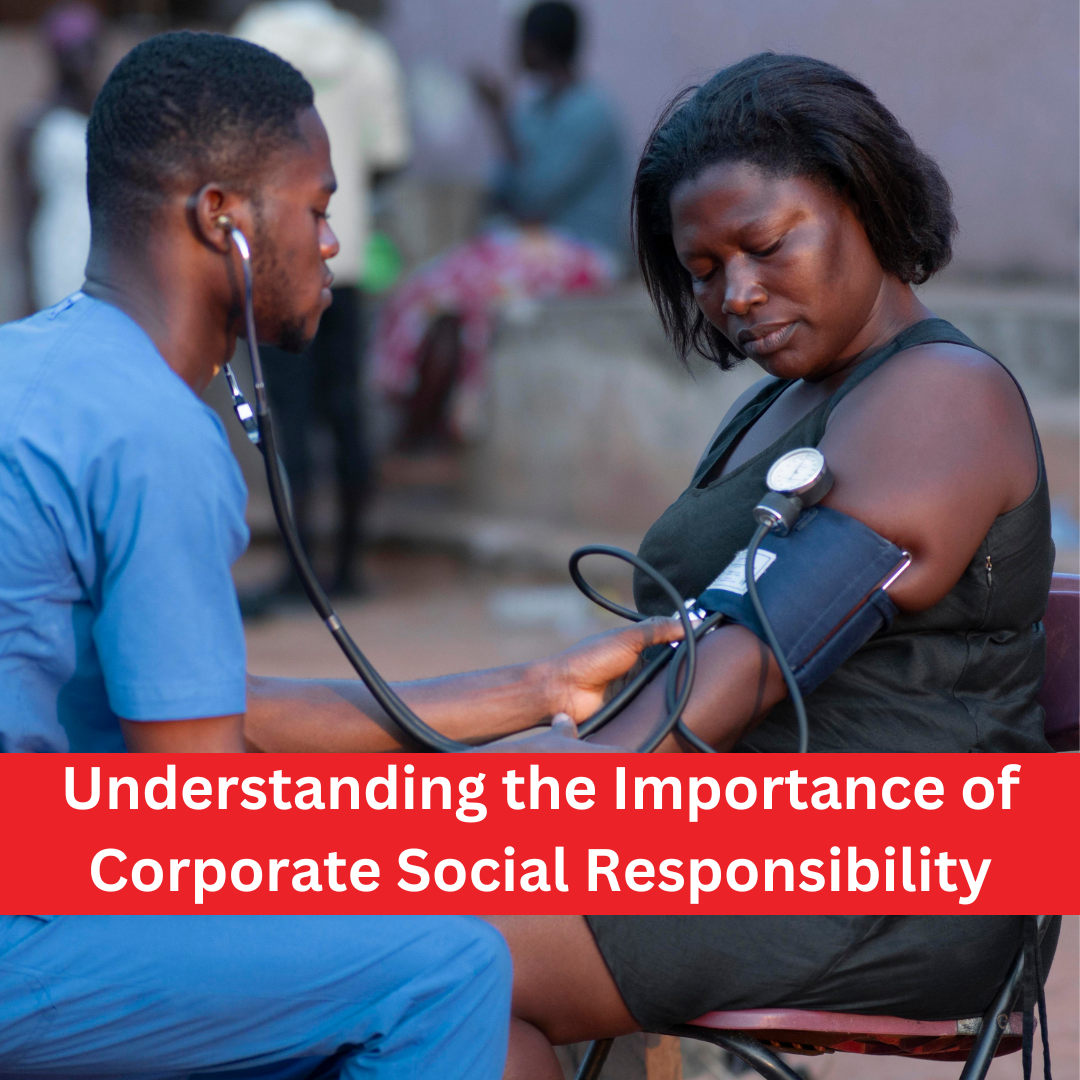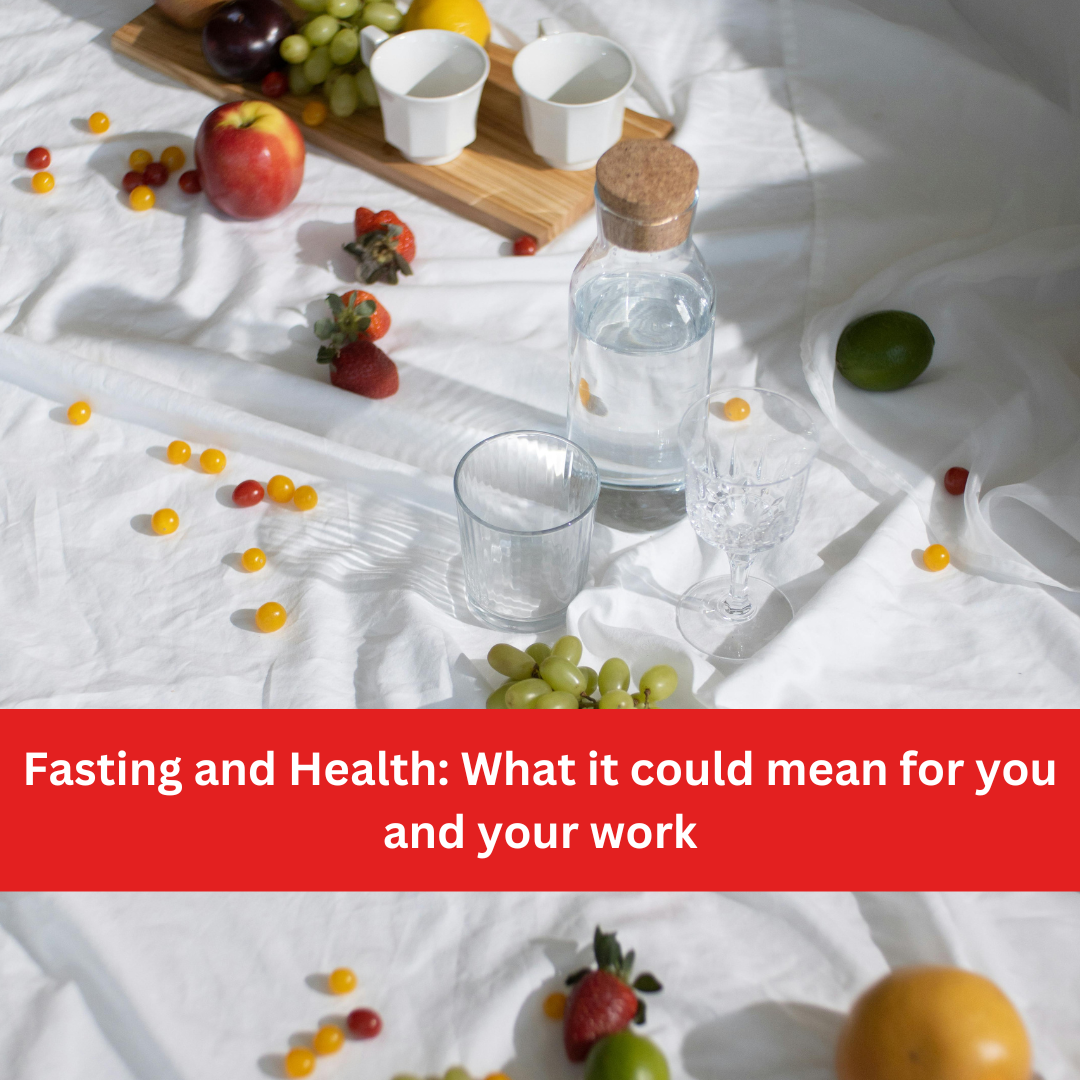In any work environment, ensuring the well-being and safety of employees is paramount. One critical aspect that often requires meticulous attention is the assessment of potential threats and risks to employee health. By conducting comprehensive threat and risk assessments, employers can identify and mitigate potential hazards, thereby creating a safer and healthier workplace for their staff.
Threat and risk assessments involve a systematic evaluation of various factors that could pose a danger to employee health. These may include physical risks like hazardous substances, machinery, or unsafe working conditions, as well as non-physical threats such as stress, harassment, or inadequate workplace policies. Implementing a thorough threat and risk assessment strategy not only helps in preventing workplace accidents and injuries but also fosters a culture of safety and well-being among employees. Such initiatives demonstrate the employer’s commitment to creating a secure and supportive work environment, leading to increased employee morale and productivity.
Furthermore, proactive threat and risk assessments enable businesses to comply with regulatory standards and legal requirements, minimizing the likelihood of penalties and legal implications. By prioritizing employee health through comprehensive assessments, companies can build a resilient and sustainable workforce, reducing absenteeism and turnover rates while enhancing overall organizational performance.
What are the benefits of Threat and Risk Assessments?
Risk Identification: Conducting thorough threat and risk assessments of the workplace to identify potential threats to employee health and safety. This can include exposure to harmful chemicals, ergonomic issues, psychological stress factors, criminal threats, terrorist threats, and potential accidents.
Related post: The best ergonomic chairs for your workplace in Nigeria
Customized Solutions: Each workplace is unique, and threat and risk assessments provide tailored recommendations for risk reduction and mitigation based on the specific needs of your organization.
Compliance: Many regulatory bodies require employers to conduct health threat and risk assessments to ensure legal compliance. Non-compliance can lead to severe penalties.
Employee Well-Being: Employees are often the first to notice potential threats or risks in the workplace. Encouraging them to report any concerns and providing a mechanism for them to do so, such as an anonymous reporting system, is important because a safe and healthy work environment fosters employee well-being, reducing the likelihood of accidents and illness.
Industries That Require Health Threat and Risk Assessments
Ensuring a safe and healthy work environment is a top priority for organizations across various industries. While all industries benefit from these assessments to some extent, certain sectors have a heightened need due to their specific risks and potential hazards.
Related post: Hearing loss: the most common workplace injury
Construction Industry: The construction industry is known for its inherent threats and risks, including working at heights, exposure to heavy machinery, and handling hazardous materials.
Manufacturing Industry: Manufacturing facilities often involve complex machinery and equipment, creating potential hazards. Regular threat and risks assessments are crucial to prevent workplace accidents and maintain the well-being of employees.
Healthcare Industry: Hospitals, clinics, and other healthcare settings must maintain a high standard of safety due to the critical nature of their work.
Chemical and Pharmaceutical Industry: Industries dealing with chemicals and pharmaceuticals are exposed to potential hazards such as chemical spills, reactions, and exposure to toxic substances.
Oil and Gas Industry: This sector involves high-risk activities, including drilling, transportation, and refining. Assessments are vital to prevent accidents and protect the environment.
Aviation Industry: Ensuring the safety of both passengers and employees is a top priority in aviation. Threat and Risk Assessments are necessary to maintain a high level of safety.
Agriculture Industry: Agricultural settings involve various risks, from heavy machinery operation to exposure to pesticides. Assessments help prevent accidents and promote worker health.
Mining Industry: Mining operations are known for their challenging working conditions and potential hazards, making assessments critical for employee safety.
Transportation and Logistics Industry: This sector includes various modes of transportation, such as shipping, trucking, and railways. Threat and Risk assessments are crucial to ensuring the safe movement of goods and protecting employees.
Steps to Implementing Effective Threat and Health Risk Assessments
To effectively manage the health threats and risk assessments within the workplace, it is crucial to follow a systematic approach that addresses potential hazards and fosters a secure environment for your employees.
Identify Potential Hazards: Begin by identifying all potential threats and risks that may exist in your workplace. These can encompass various categories, including physical, chemical, biological, ergonomic, and psychosocial hazards. Take a comprehensive approach to ensure that no potential threats or risks are overlooked.
Related post: How to identify hazards in your workplace and avoid them
Assessment Team: Assemble a proficient team of experts, comprising occupational health professionals and experienced safety officers. This diverse team can offer a well-rounded perspective, allowing for a comprehensive assessment of potential threats and risks in the workplace.
Data Collection: Collect all relevant data, including incident reports, workplace records, and valuable feedback from your employees. Thorough data collection serves as a foundation for a comprehensive threat and risk evaluation, providing crucial insights into the existing workplace hazards.
Risk Evaluation: Evaluate the identified threats and risks based on their severity, frequency of occurrence, and potential impact on the health and well-being of your employees. This thorough evaluation allows you to prioritize the most critical threats and risks that require immediate attention and mitigation.
Action Plan: Develop a well-defined action plan that outlines specific measures to effectively mitigate and control the identified threats and risks. A comprehensive action plan serves as a roadmap for implementing targeted strategies to enhance workplace safety and minimize potential health threats and risks.
Implementation: Execute the action plan effectively, ensuring that all recommended changes and interventions are implemented within the workplace. Regular communication with employees regarding these changes can foster a culture of safety awareness and encourage their active participation in maintaining a secure work environment.
Monitor and Review: Continuously monitor the workplace to assess the effectiveness of the implemented measures. Regularly review and update the threat and risk assessment based on any new findings or changes in the work environment. This proactive approach ensures that your workplace remains equipped to handle potential health threats and risks and promotes the well-being of your employees.
How Often Should A Health Threat And Risk Assessment Be Conducted In The Workplace?
The frequency of health threats and risk assessments hinges on several crucial factors. Industries with high-risk environments, such as construction or manufacturing, may require more frequent assessments, possibly quarterly or bi-annually, to promptly identify and mitigate potential hazards. On the other hand, low-risk workplaces, like standard office settings, may opt for annual or bi-annual assessments to ensure existing safety measures remain effective.
While establishing a predefined schedule is important, it’s equally vital to foster a culture of continuous evaluation and improvement. This includes encouraging open communication and feedback from employees, as well as prompt re-assessment in response to changes in the workplace. By customizing assessment frequencies and embracing ongoing evaluation, organizations can uphold a safe and secure environment that prioritizes the well-being of their employees.
What Are The Effects Of Not Conducting A Threat And Safety Risk Assessment In The Workplace?
Increased risk of accidents and injuries: Without a proper threat and risks assessment of potential hazards, employees and visitors to the workplace may be at a higher risk of experiencing accidents and injuries This can lead to lost productivity, increased healthcare costs, and potential legal repercussions for the employer
Ineffective risk management: A health threat and risks assessment is a crucial step in identifying and prioritizing risks, developing practical solutions, and tracking progress in risk mitigation or elimination. Without this assessment, the company may not be effectively managing its risks, potentially leading to more severe consequences in the event of an incident
Failure to comply with legal requirements: Employers have a legal duty to assess the threat and risks to health and safety in the workplace. Not conducting a threat and risk assessment can result in fines, legal costs, and damage to the company’s reputation.
Lack of awareness and communication: Health threat and risk assessments raise awareness of hazards and promote communication between employees. Without this transparency, employees may not feel safe or be inclined to report incidents or near-misses.
Ensuring the well-being and safety of employees at work is both a moral and legal responsibility. Threat and Risk assessments are essential in creating a secure and healthy workplace, minimizing accidents and illnesses, and promoting the overall health of employees and the success of the organization. The implementation of these assessment protocols is vital in fostering a culture of safety, trust, and well-being, an environment conducive to employee development, and organizational prosperity for employers, HR professionals, and HSE managers.
Enhance workplace safety and foster a secure work environment with Medbury Corporate and Occupational Health’s specialized Threat and Risk Assessment programs. Our dedicated team at Medbury Healthcare is ready to assist you in implementing comprehensive safety standards tailored to your organization’s needs.
Reach out to us today and take the first step toward a safer and healthier workplace for your employees.








No Comments